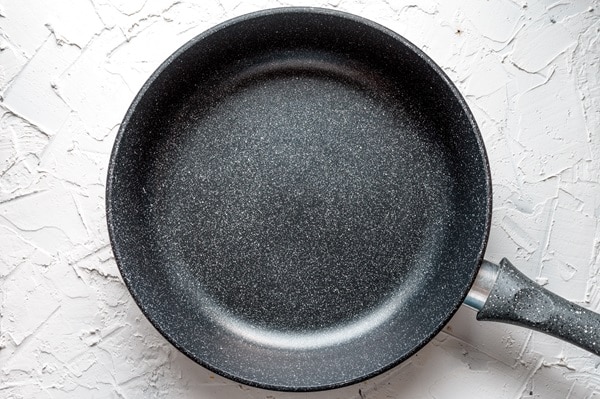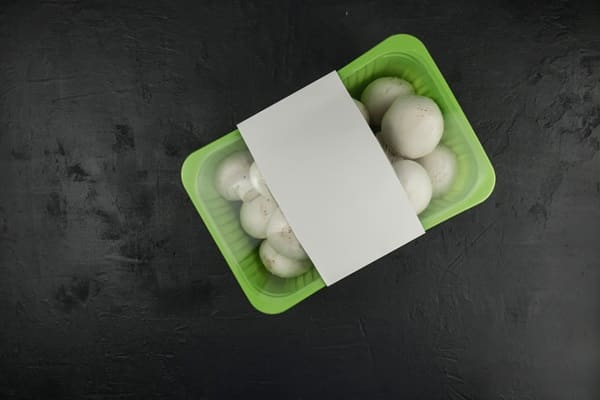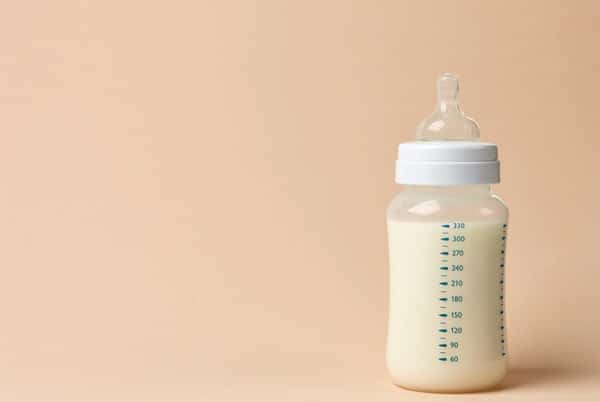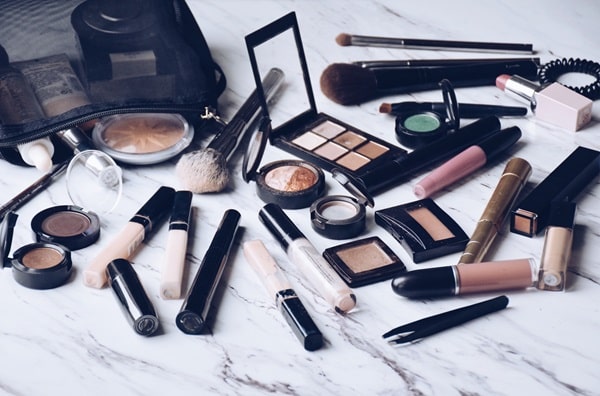In the quest for a healthier lifestyle, it’s crucial to recognize the invisible adversaries lurking in everyday products: hormone disruptors. These stealthy chemicals, often unnoticed, can significantly impact health by interfering with the body’s hormonal balance. This article delves into the world of hormone disruptors, uncovering their presence in common household items, food, children’s products, and more. Understanding what these substances are, where they hide, and how to avoid them is essential for maintaining well-being in today’s chemically complex world.
Contents
Understanding Hormone Disruptors

Hormone disruptors, also known as endocrine disruptors, are chemicals that can interfere with the endocrine system, the body’s network of hormone-producing glands. These disruptors mimic, block, or otherwise interfere with the body’s natural hormones, leading to a cascade of health issues. From developmental problems in children to increased cancer risks and metabolic disorders, the potential impacts are wide-ranging. These chemicals are not always immediately harmful but can have long-term effects, especially with prolonged exposure.
The most common hormone disruptors include substances like bisphenol A (BPA), found in plastics and can linings, and phthalates, used in everything from cosmetics to flexible plastics. Even seemingly innocuous items like thermal paper receipts can be sources. Understanding these disruptors’ nature and sources is the first step in reducing exposure and safeguarding health.
Common Sources in the Home

The home, a sanctuary for many, can unknowingly harbor a variety of hormone disruptors. Kitchen items are frequent culprits, with plastic containers and non-stick cookware often containing chemicals like BPA and perfluoroalkyl substances (PFAS), respectively. These chemicals can leach into food, especially when heated, posing a health risk. Similarly, cleaning products, though essential for maintaining hygiene, can contain triclosan and other disruptors, which can be absorbed through the skin or inhaled.
In the bathroom, the story is similar. Many personal care products, such as shampoos, soaps, and lotions, contain phthalates and parabens, known for their hormone-disrupting properties. These substances can enter the body through the skin, accumulating over time. The widespread use of these chemicals in everyday products makes avoiding them challenging, but awareness and careful product selection can significantly reduce exposure.
Food and Beverages

Food and beverages are not immune to contamination by hormone disruptors. Packaging materials, particularly plastic containers and can linings, often contain BPA and phthalates, which can migrate into food and drinks. This migration is exacerbated by heat and acidity, making canned foods and hot beverages in plastic containers particularly concerning.
The agricultural sector also contributes to the problem. Pesticides and herbicides, commonly used in conventional farming, can contain hormone-disrupting chemicals that remain as residues on fruits and vegetables. Additionally, the use of synthetic hormones in meat and dairy production is a significant concern. These hormones can disrupt the endocrine system of consumers, leading to various health issues. Opting for organic produce and hormone-free meat and dairy products can help minimize exposure to these harmful substances.
Children’s Products

Children, due to their developing bodies and smaller size, are particularly vulnerable to the effects of hormone disruptors. Toys, baby bottles, and children’s clothing can contain harmful chemicals like phthalates and flame retardants. These substances can leach out of products and be ingested or absorbed through the skin, posing a risk to children’s health.
Regulations and safety standards for children’s products have improved, but many items on the market still contain these dangerous chemicals. Parents and caregivers need to be vigilant, opting for products made from natural materials and free from known hormone disruptors. This careful selection can help protect children’s health and development, ensuring a safer environment for their growth and well-being.
Clothing And Textiles

The clothing and textiles industry often uses a variety of chemicals in the production process, some of which are hormone disruptors. Fabrics treated for wrinkle resistance, stain repellency, or flame retardancy can contain formaldehyde, PFAS, and other harmful substances. These chemicals can be absorbed through the skin, especially when clothing is worn for extended periods. Additionally, the dyeing process of fabrics often involves chemicals that can disrupt hormonal balance, making it essential to consider the manufacturing practices of clothing brands.
To minimize exposure, consumers can opt for clothing made from organic materials and produced using safer, more natural processes. Washing new clothes before wearing them for the first time can also help reduce the presence of these chemicals. Brands that prioritize sustainability and health safety in their manufacturing processes are increasingly available, offering safer alternatives for conscious consumers.
Electronics And Appliances

Electronics and household appliances are not typically associated with hormone disruptors, yet they can be a significant source. Chemicals like brominated flame retardants (BFRs) are commonly used in electronic devices to reduce fire risk. These substances can leach out over time, accumulating in household dust and posing a risk when inhaled or ingested. Similarly, appliances made with plastic components can contain BPA and phthalates, especially in items like plastic food containers and kitchen gadgets.
To reduce exposure, it’s advisable to keep living spaces well-ventilated and regularly clean to minimize dust accumulation. When purchasing new electronics or appliances, looking for products labeled as free from BFRs, phthalates, and BPA can be beneficial. Proper disposal and recycling of electronic waste are also crucial, as they prevent the release of these chemicals into the environment.
Personal Care And Beauty Products

Personal care and beauty products are among the most common sources of hormone disruptors. Ingredients such as parabens, used as preservatives, and phthalates, found in fragrances, are widespread in these products. These substances can be absorbed through the skin or inhaled, entering the bloodstream and potentially disrupting hormonal functions. The cumulative effect of using multiple products containing these chemicals can lead to significant exposure over time.
To safeguard against these risks, consumers are encouraged to read labels and choose products free from known hormone disruptors. Brands that focus on natural and organic ingredients are becoming more prevalent, offering safer alternatives to traditional beauty and personal care products. Additionally, consumer awareness and demand for safer products have led to more stringent regulations and better labeling, making it easier to identify and avoid harmful ingredients.
The Bottom Line
Navigating the world of hormone disruptors in everyday products can be daunting, but armed with knowledge and awareness, it’s possible to make healthier choices. By understanding where these chemicals are commonly found and how to avoid them, individuals can significantly reduce their exposure and potential health risks. Embracing products that prioritize safety and sustainability not only benefits personal health but also contributes to a healthier environment. As consumers become more informed and demand safer products, industries are prompted to adopt better practices, leading to a future where everyday items are free from harmful hormone disruptors.


